-
 Bitcoin
Bitcoin $117,576.6195
-0.21% -
 Ethereum
Ethereum $2,938.5668
-1.35% -
 XRP
XRP $2.7699
4.60% -
 Tether USDt
Tether USDt $1.0003
0.01% -
 BNB
BNB $688.1624
-0.01% -
 Solana
Solana $160.5113
-1.95% -
 USDC
USDC $0.9999
0.01% -
 Dogecoin
Dogecoin $0.1976
-0.70% -
 TRON
TRON $0.3008
1.54% -
 Cardano
Cardano $0.7159
-2.16% -
 Hyperliquid
Hyperliquid $46.2240
2.04% -
 Stellar
Stellar $0.3966
22.03% -
 Sui
Sui $3.3928
-3.11% -
 Chainlink
Chainlink $15.1204
-2.43% -
 Bitcoin Cash
Bitcoin Cash $515.1741
-1.19% -
 Avalanche
Avalanche $20.8130
-0.90% -
 Hedera
Hedera $0.2001
-2.12% -
 UNUS SED LEO
UNUS SED LEO $9.0522
0.72% -
 Shiba Inu
Shiba Inu $0.0...01316
-2.01% -
 Toncoin
Toncoin $2.9843
0.61% -
 Litecoin
Litecoin $92.6745
-2.71% -
 Polkadot
Polkadot $3.9483
-0.06% -
 Monero
Monero $328.5347
1.10% -
 Dai
Dai $0.9998
0.01% -
 Ethena USDe
Ethena USDe $1.0006
-0.01% -
 Uniswap
Uniswap $8.3739
-6.50% -
 Bitget Token
Bitget Token $4.4241
-1.99% -
 Pepe
Pepe $0.0...01222
-3.96% -
 Aave
Aave $300.5203
-3.61% -
 Bittensor
Bittensor $382.2607
-1.92%
Best time frame for TRIX indicator crypto
The TRIX indicator helps crypto traders identify momentum shifts, trend reversals, and overbought/oversold levels by smoothing price data through triple exponential moving averages.
Jul 11, 2025 at 04:21 pm
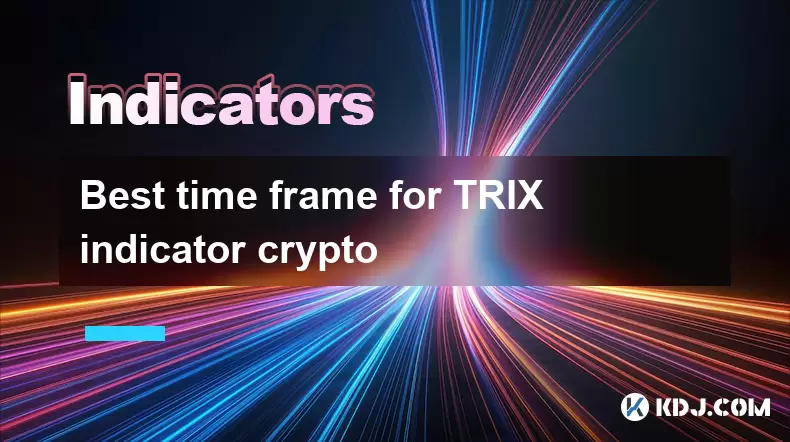
Understanding the TRIX Indicator in Cryptocurrency Trading
The TRIX indicator, short for Triple Exponential Average, is a momentum oscillator commonly used in technical analysis to identify oversold and overbought conditions, as well as potential trend reversals. In the cryptocurrency market, where volatility is high and price movements can be rapid, the TRIX indicator helps traders filter out noise and focus on meaningful price action. It is derived by calculating the rate of change of a triple exponentially smoothed moving average. This makes it more responsive to price changes compared to traditional moving averages.
When applied to crypto assets, the TRIX indicator can be especially useful for detecting divergences between price and momentum, which often signal potential reversals. However, choosing the correct time frame is crucial for maximizing the effectiveness of the TRIX indicator in crypto trading.
How the TRIX Indicator Works
The TRIX indicator is typically plotted as a single line that oscillates around a zero line. Positive values indicate upward momentum, while negative values suggest downward momentum. The indicator is calculated using the following steps:
- Calculate a single exponential moving average (EMA) of the price data.
- Apply a second EMA to the result from the first step.
- Apply a third EMA to the result of the second step.
- Compute the percentage change between the current and previous triple-smoothed EMA.
The result is a line that oscillates around zero, with crossovers above and below the zero line often interpreted as buy or sell signals. Additionally, divergences between TRIX and price can provide early warning signs of trend exhaustion.
Choosing the Right Time Frame for TRIX in Crypto Trading
Selecting the ideal time frame for the TRIX indicator in crypto trading depends on the trader’s strategy and the market conditions. For day traders, shorter time frames like 15-minute or 1-hour charts may be more suitable, allowing them to capture quick momentum shifts. In contrast, swing traders may prefer 4-hour or daily charts to identify broader trend changes.
The default setting for TRIX is usually 14 periods, but this can be adjusted depending on the time frame used. For example:
- On 15-minute charts, a 12 to 18 period setting works well.
- On 1-hour charts, a 14 to 20 period setting is common.
- On 4-hour and daily charts, a 15 to 25 period setting provides more reliable signals.
It’s important to test different settings and time frames to see what works best with specific crypto pairs and market conditions.
Using TRIX Indicator for Entry and Exit Signals
One of the primary uses of the TRIX indicator is to generate entry and exit signals. Here’s how traders can use it effectively:
- Zero Line Crossover: When the TRIX line crosses above the zero line, it suggests increasing bullish momentum, signaling a potential buy opportunity. Conversely, a crossover below zero indicates bearish momentum, suggesting a sell signal.
- Signal Line Crossover: Some traders use a signal line (EMA of TRIX) to generate additional signals. A bullish crossover occurs when the TRIX line crosses above its signal line; a bearish crossover happens when it crosses below.
- Divergence Detection: If the price makes a new high, but TRIX does not, it indicates hidden weakness in the trend — a bearish divergence. Similarly, a new low in price without a corresponding low in TRIX suggests hidden strength — a bullish divergence.
In crypto trading, these signals are most effective when confirmed with other indicators like volume, RSI, or MACD, especially in highly volatile markets.
Combining TRIX with Other Indicators for Better Accuracy
While the TRIX indicator is powerful on its own, combining it with other technical tools can enhance its reliability. Here are some effective combinations:
- Volume Indicators: Confirming TRIX signals with on-balance volume (OBV) or volume profile helps filter out false signals. For instance, a zero line crossover accompanied by rising volume adds credibility to the signal.
- RSI or Stochastic RSI: These oscillators help identify overbought or oversold levels, which can be used in conjunction with TRIX divergences to spot potential reversals.
- Moving Averages: Using trend-following moving averages like the 50 or 200 EMA helps determine the overall trend direction, allowing traders to take only signals that align with the trend.
- MACD: Since both TRIX and MACD are momentum indicators, using them together can provide strong confirmation of trend changes or continuations.
In crypto trading, where false signals are common due to high volatility, such combinations help reduce noise and improve the risk-reward ratio.
Practical Examples of TRIX Indicator Usage in Crypto Charts
Let’s consider a few real-world scenarios where the TRIX indicator could have been useful in crypto trading:
- On a BTC/USDT 4-hour chart, during a bullish trend, the TRIX line remained above zero. When it dipped below zero briefly before rising again, it signaled a pullback rather than a reversal. Traders who re-entered at that point could have captured the next leg up.
- On an ETH/USDT 1-hour chart, a bearish divergence formed where the price made a new high, but TRIX failed to confirm. This was followed by a sharp price drop of 10% within a few hours.
- On a SOL/USDT 15-minute chart, a zero line crossover combined with a golden cross on MACD provided a strong short-term buy signal, leading to a quick 5% gain.
These examples show how the TRIX indicator can be applied across different time frames and crypto assets to improve trade timing and risk management.
Frequently Asked Questions (FAQs)
Q: Can the TRIX indicator be used for all types of cryptocurrencies?
A: Yes, the TRIX indicator can be applied to any cryptocurrency chart, including major coins like Bitcoin and Ethereum, as well as altcoins. However, its effectiveness may vary depending on the liquidity and volatility of the specific asset.
Q: Is the TRIX indicator suitable for scalping in crypto markets?
A: While the TRIX indicator can be used on very short time frames like 1-minute or 5-minute charts, it’s generally more effective for intraday or swing trading due to its smoothing mechanism. Scalpers may find it less responsive compared to faster momentum indicators like RSI or Stochastic.
Q: How does the TRIX indicator compare to the MACD in crypto trading?
A: Both TRIX and MACD are momentum indicators, but TRIX uses a triple smoothing process, making it less prone to false signals. MACD, on the other hand, reacts faster to price changes but can generate more whipsaws in highly volatile crypto markets.
Q: Can I customize the TRIX settings for different crypto assets?
A: Absolutely. The default period for TRIX is often set to 14, but traders can adjust this based on the asset's volatility and the time frame being used. Experimenting with periods between 10 and 30 can yield better results depending on the market conditions and trading style.
Disclaimer:info@kdj.com
The information provided is not trading advice. kdj.com does not assume any responsibility for any investments made based on the information provided in this article. Cryptocurrencies are highly volatile and it is highly recommended that you invest with caution after thorough research!
If you believe that the content used on this website infringes your copyright, please contact us immediately (info@kdj.com) and we will delete it promptly.
- Bitcoin Price's Golden Number: Analyst Predicts Massive Breakout!
- 2025-07-13 02:30:12
- XRP Price Breakout: Analysts Eyeing Explosive Moves
- 2025-07-13 02:50:12
- Grayscale, AI Crypto, and Top Assets: What's the Deal?
- 2025-07-13 02:55:11
- DOGE's $0.25 Ceiling: Will the Meme Coin Break Through?
- 2025-07-13 02:30:12
- Binance, Bloomberg, and a Lawsuit Threat: CZ's Fighting Back!
- 2025-07-13 01:30:12
- Litecoin, BONK, BlockDAG Presale: Navigating the Crypto Frenzy
- 2025-07-13 00:30:12
Related knowledge

Crypto RSI for day trading
Jul 12,2025 at 11:14am
Understanding RSI in the Context of Cryptocurrency TradingThe Relative Strength Index (RSI) is a momentum oscillator used to measure the speed and cha...

Crypto RSI for scalping
Jul 12,2025 at 11:00pm
Understanding RSI in the Context of Crypto TradingThe Relative Strength Index (RSI) is a momentum oscillator widely used by traders to measure the spe...
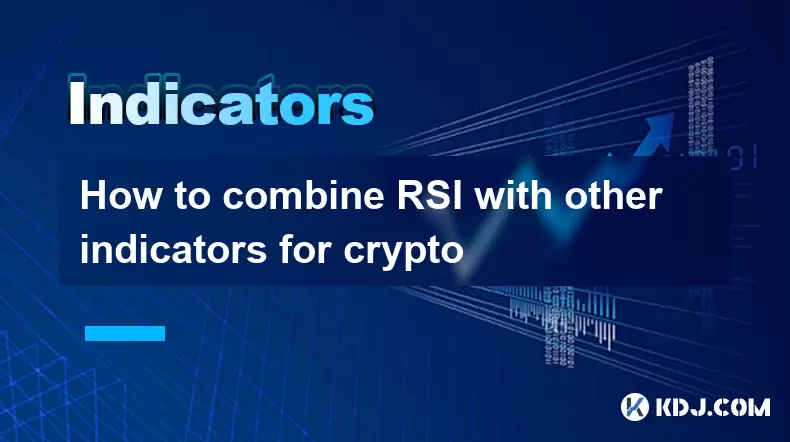
How to combine RSI with other indicators for crypto
Jul 12,2025 at 08:35am
Understanding the Role of RSI in Crypto TradingThe Relative Strength Index (RSI) is a momentum oscillator that measures the speed and change of price ...
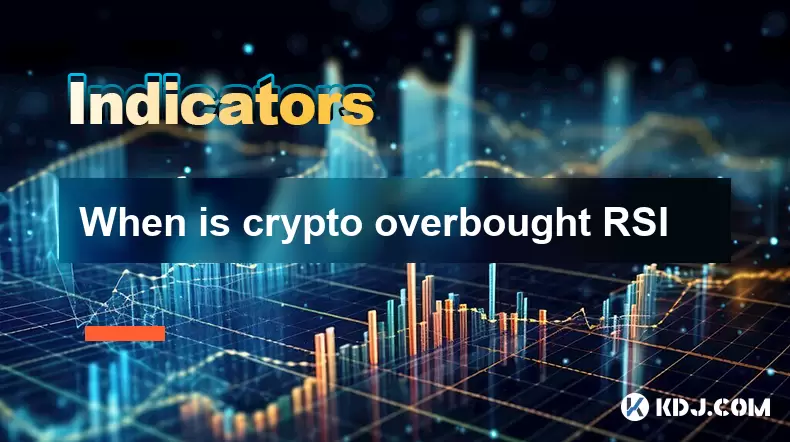
When is crypto overbought RSI
Jul 12,2025 at 11:22am
Understanding RSI in Cryptocurrency TradingThe Relative Strength Index (RSI) is a momentum oscillator used to measure the speed and change of price mo...
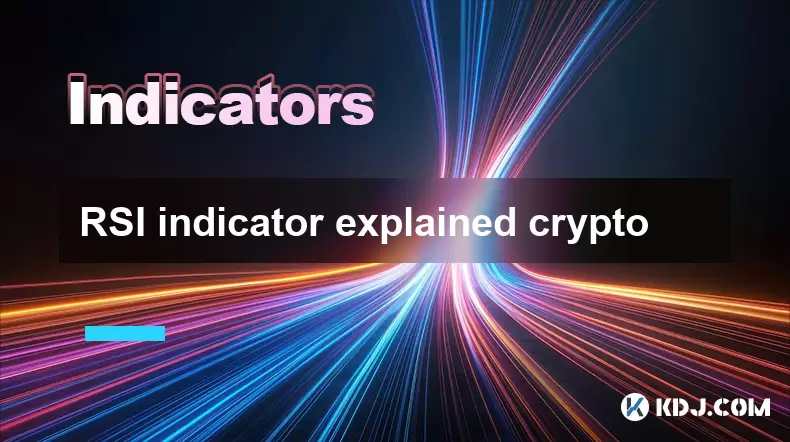
RSI indicator explained crypto
Jul 11,2025 at 03:28pm
Understanding the RSI Indicator in Cryptocurrency TradingThe Relative Strength Index (RSI) is a momentum oscillator commonly used by cryptocurrency tr...
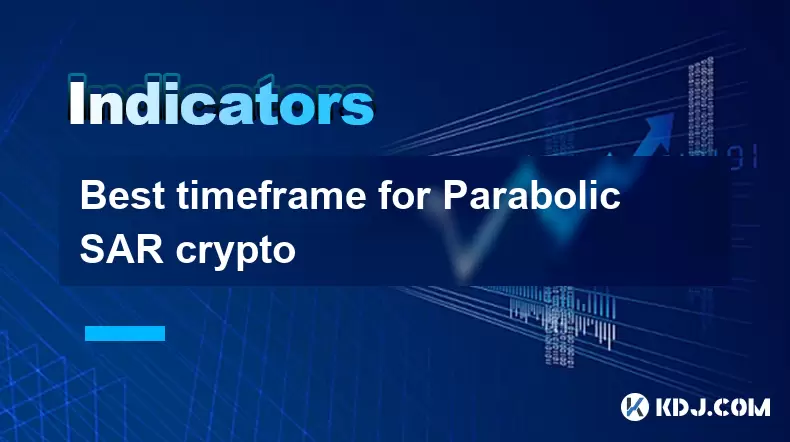
Best timeframe for Parabolic SAR crypto
Jul 12,2025 at 02:57pm
Understanding Parabolic SAR in the Crypto MarketThe Parabolic SAR (Stop and Reverse) is a technical analysis indicator used by traders to determine po...

Crypto RSI for day trading
Jul 12,2025 at 11:14am
Understanding RSI in the Context of Cryptocurrency TradingThe Relative Strength Index (RSI) is a momentum oscillator used to measure the speed and cha...

Crypto RSI for scalping
Jul 12,2025 at 11:00pm
Understanding RSI in the Context of Crypto TradingThe Relative Strength Index (RSI) is a momentum oscillator widely used by traders to measure the spe...

How to combine RSI with other indicators for crypto
Jul 12,2025 at 08:35am
Understanding the Role of RSI in Crypto TradingThe Relative Strength Index (RSI) is a momentum oscillator that measures the speed and change of price ...

When is crypto overbought RSI
Jul 12,2025 at 11:22am
Understanding RSI in Cryptocurrency TradingThe Relative Strength Index (RSI) is a momentum oscillator used to measure the speed and change of price mo...

RSI indicator explained crypto
Jul 11,2025 at 03:28pm
Understanding the RSI Indicator in Cryptocurrency TradingThe Relative Strength Index (RSI) is a momentum oscillator commonly used by cryptocurrency tr...

Best timeframe for Parabolic SAR crypto
Jul 12,2025 at 02:57pm
Understanding Parabolic SAR in the Crypto MarketThe Parabolic SAR (Stop and Reverse) is a technical analysis indicator used by traders to determine po...
See all articles

























































































